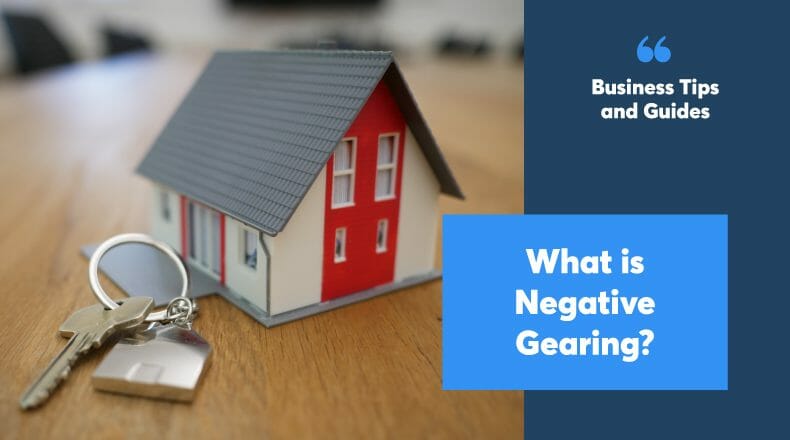Despite the fact ‘negative gearing’ sounds like something that should be used on an episode of Star Trek, it is in fact a much more down to earth tool that many Australians regularly use when managing an investment.
So, what is negative gearing?
Negative gearing occurs when expenses associated with an asset (including interest expenses) are greater than the income earned from the same asset. And while negative gearing is a very popular strategy in Australia for property investors, it’s important to note that it can also be applied to other investments as well, such as shares or businesses.
In this article though we’ll take a look at negative gearing from a property investment perspective.
The different types of gearing
Negative gearing isn’t the only kid on the block when it comes to gearing strategies that can be used by investors, so let’s take a quick look at the three main types.
Negative Gearing
When you are utilising negative gearing, it means that the interest you are paying on the loan and all other associated costs with an investment property is more than the income/rent you earn and as a result you are making a loss.
Positive Gearing
In simple terms, positively geared property is where the rental income covers all costs of ownership plus more and generates a return that is higher than the property costs to own.
Neutral Gearing
Slightly less common, neutral gearing is when an investor borrows money for an asset and the income that results from that investment is equal to the expenses, such as the rent. It means that the homeowner is “breaking even” on their investment and isn’t able to deduct any losses from their taxable income.
If negative earing essentially means making a loss, why do it?
While making a loss on an investment property might initially seem counterintuitive, some people are willing to do this in the expectation that the capital gain (sale price minus cost of asset) when they sell will more than offset that loss, even after paying capital gains tax.
Negative gearing and personal tax
What makes negative gearing particularly useful (and popular) when it comes to personal tax is that Australian law also allows investors to deduct any losses they make on an investment property from their taxable income, (potentially) reducing the amount of tax that they need to pay.
Negative gearing makes it far easier for people to invest in the property market AND pay less tax overall.
For example, if you are an employee who earns $80,000 in your job and owns a rental property. This property collects $20,000 per year in rent and costs $30,000 per year in interest and running costs.
The loss on the property of $10,000 reduces your taxable income from $80,000 to $70,000, thereby saving you 30% tax on that reduction, being $3,000. You can see that the after-tax loss on negative gearing is $7,000 and is cushioned by the tax reduction you receive.
Essentially, negative gearing works if the money an investor makes from a property’s capital growth is greater than the loss they make from the rental shortfall.
What are the risks of negative gearing?
Just like any investment strategy you might adopt, negative gearing carries risks so it’s important you are aware of these upfront. Some key questions to consider before making a decision, should include:
What if:
- the property market takes a dive and you are unable to achieve the capital gain you had planned?
- you are unable to make your loan repayments due to a change in circumstances?
- you can’t find a tenant and the property is left vacant for an extended period?
- tax laws change and negative gearing is no longer as financially viable for your unique needs?
Is negative gearing right for me?
This is a question our team get asked a lot and it comes down individual circumstances, your cash flow requirements, long-term goals, and tax situation.
A negatively geared property may provide tax benefits, and a substantial capital gain longer term, but at the cost of cash flow in the short-term – so there are lots of variables to consider – and this is one of the main reasons why we always recommend that you talk to a professional accountant, tax specialist or financial advisor, as well as doing your own research, before making any decisions.
Finding out more
On the topic of doing your own research – we know this might sound like we’re asking you to go and read a dictionary but visiting the ATO website is a great way to get up to date information, especially about what you can and can’t claim on a rental property. Here’s the link: Australian Taxation Office (ATO) website.
And finally…
POP Business provide crucial services including expert help and advice on tax-effective strategies for managing tax for individuals or businesses of all sizes. Need help or want to find out more? Contact us today on 1300 180 630.



